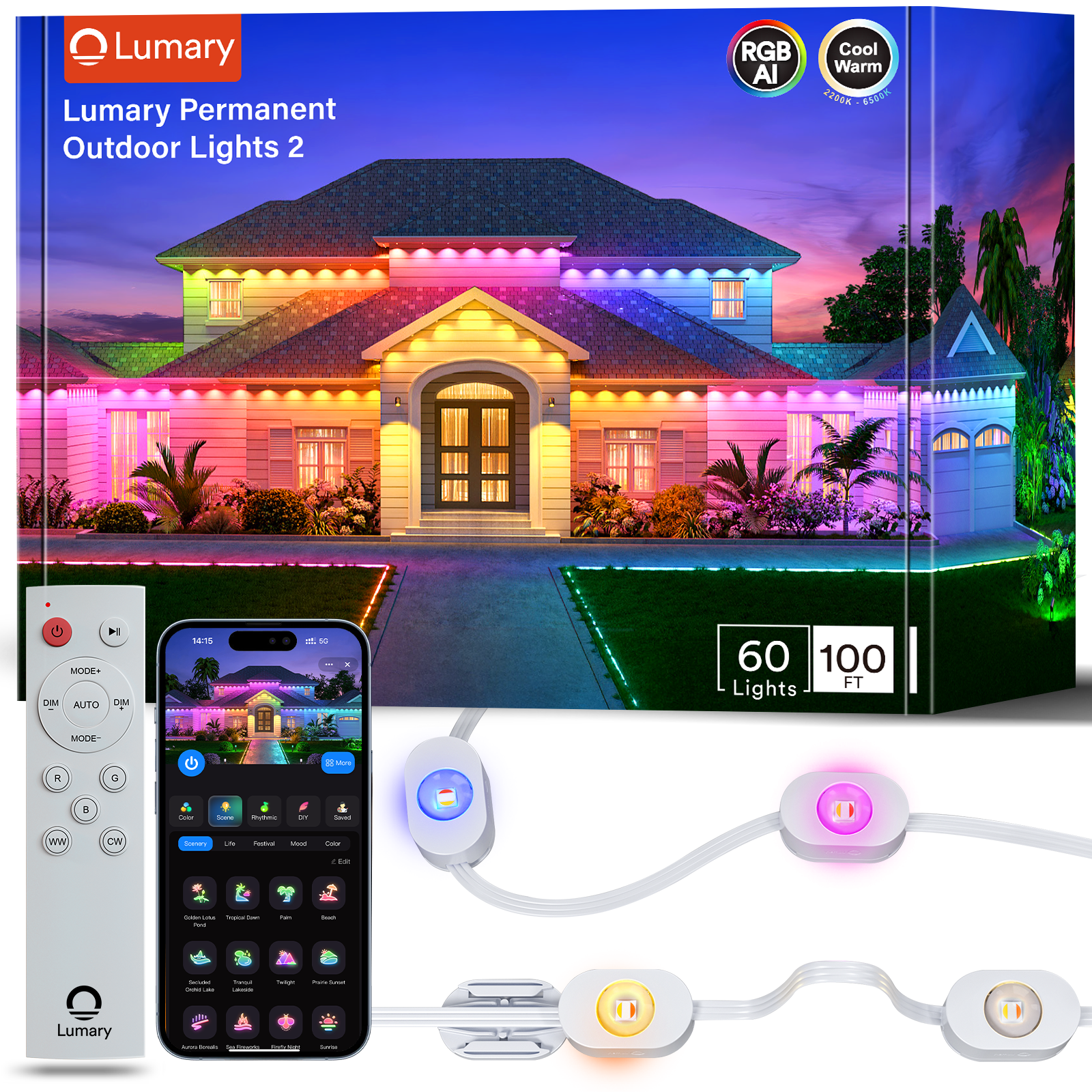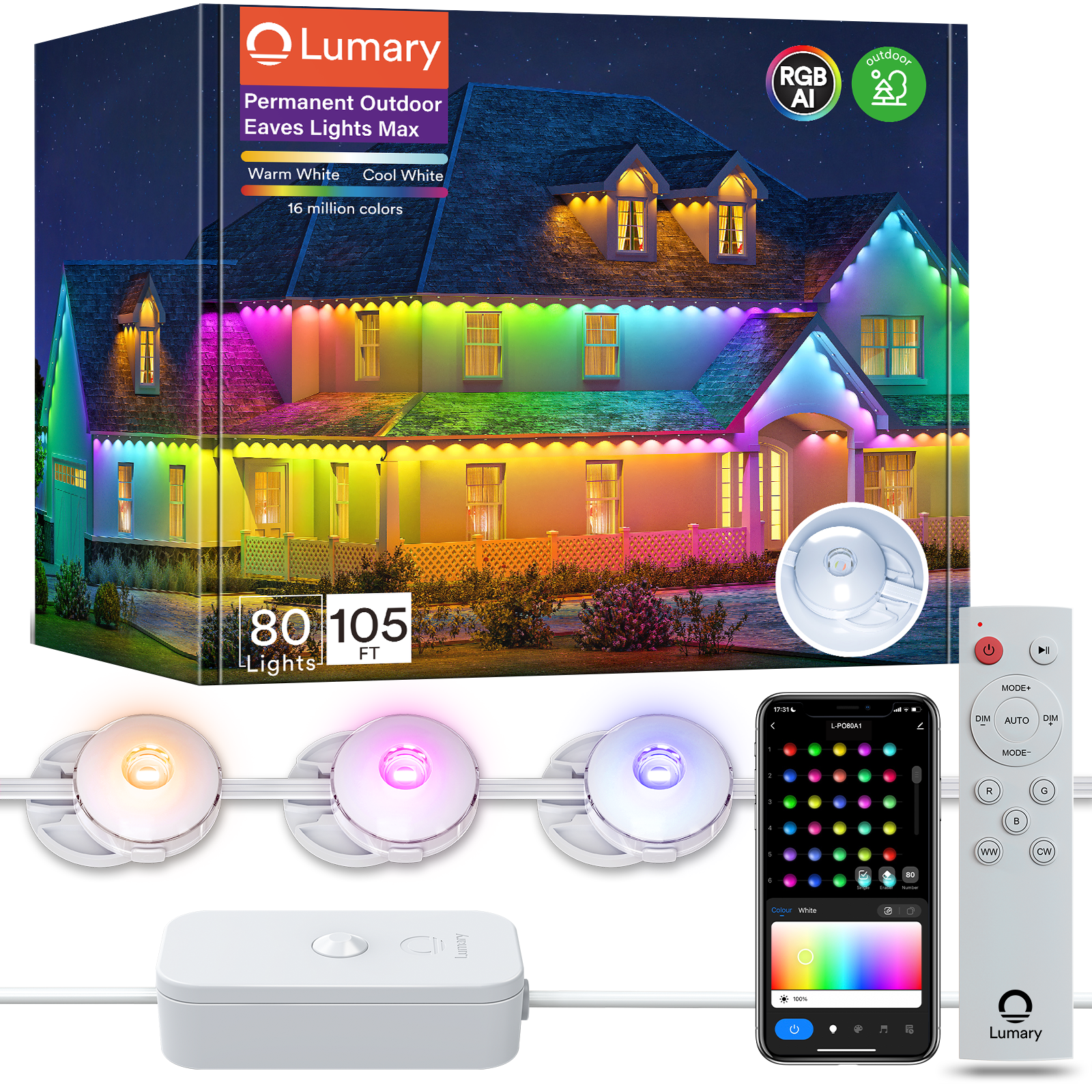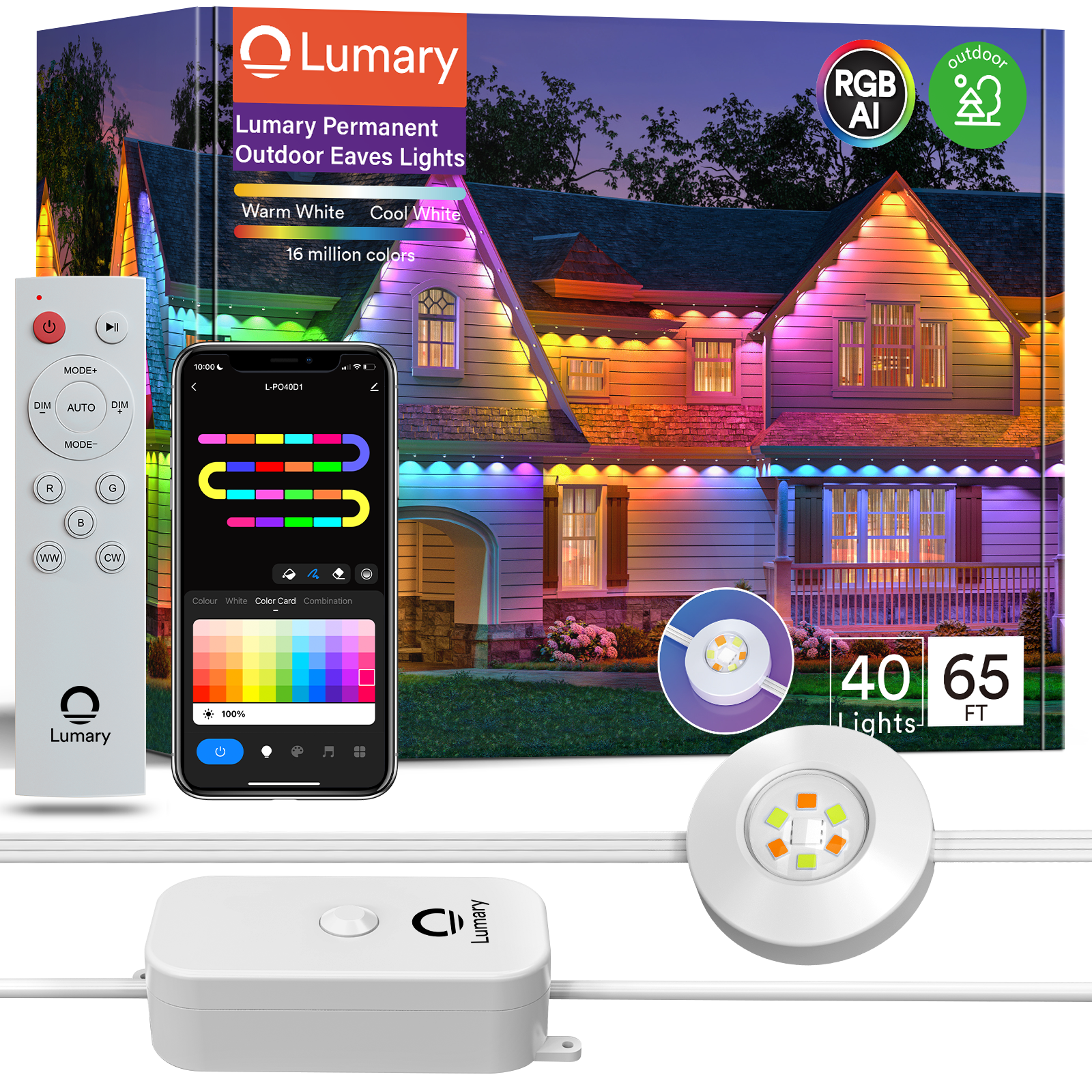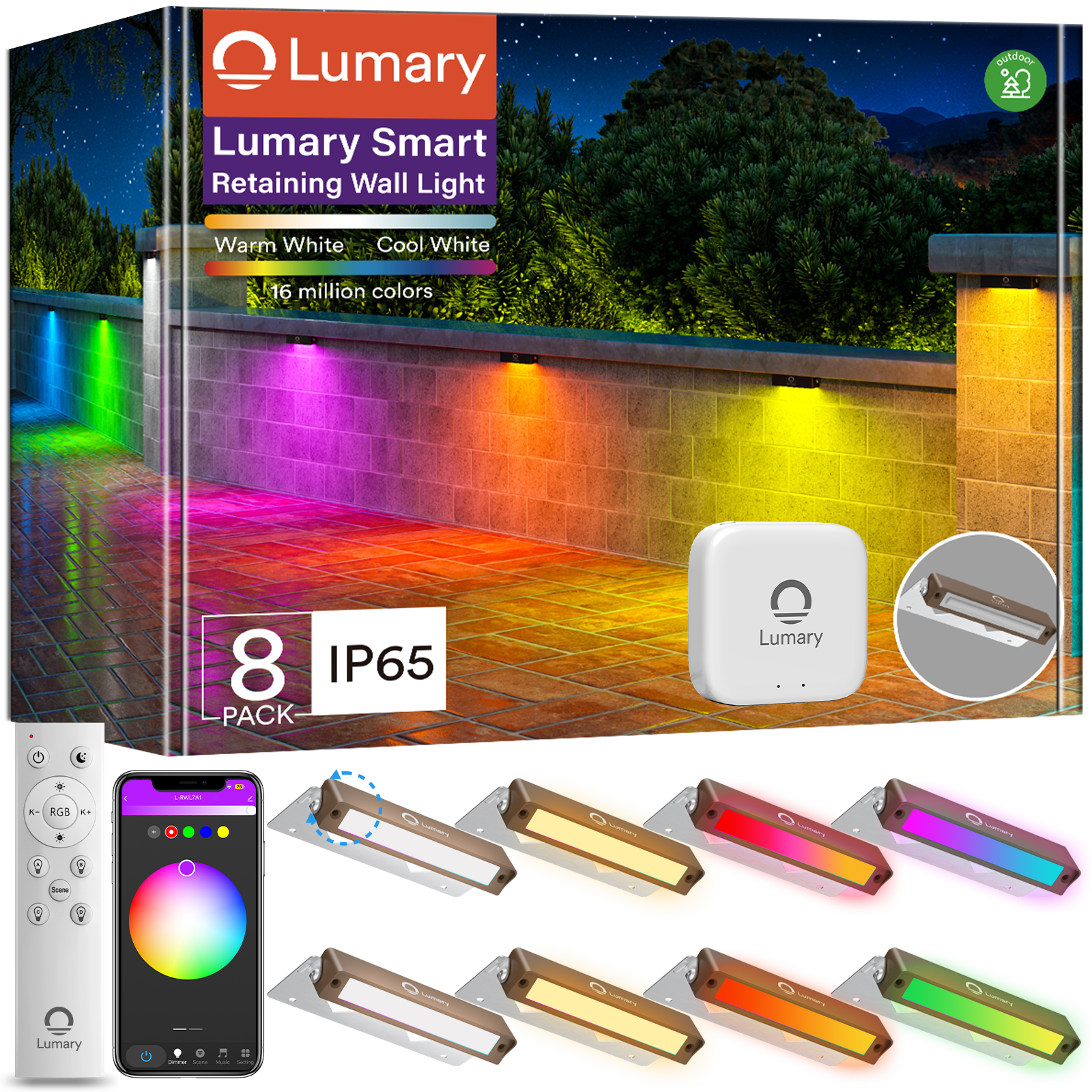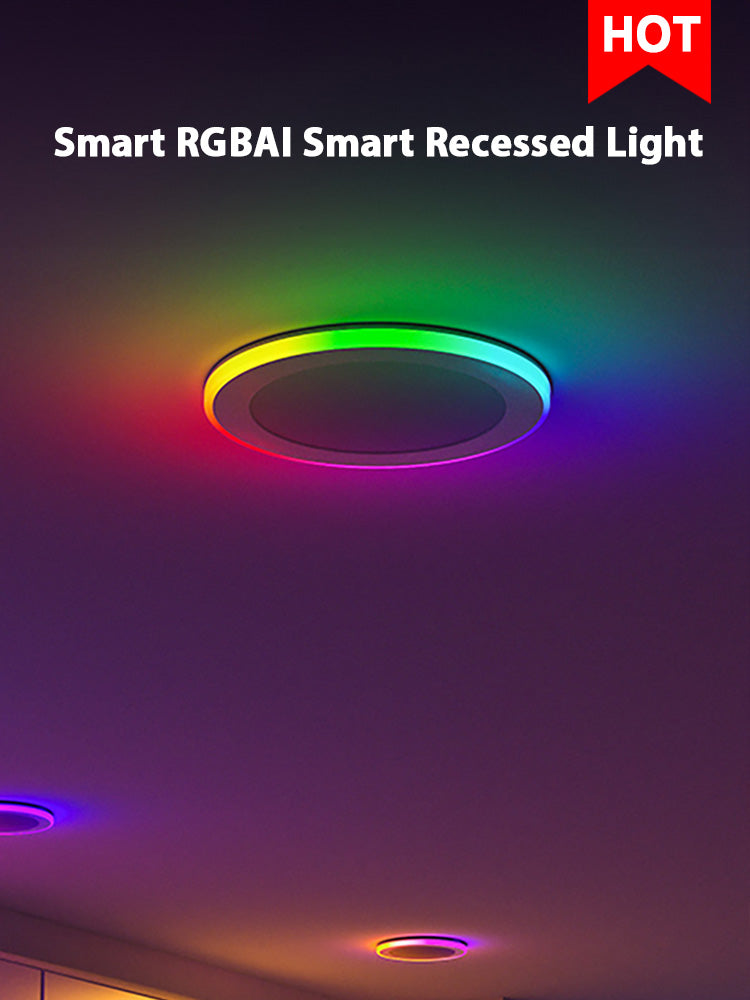In the illuminating world of smart home lighting, where convenience meets customization, two standout contenders vie for the spotlight: the adaptable smart bulb and the comprehensive smart switch. Each offers a unique way to brighten up your living space, but which one is the best fit for your lifestyle? Whether you’re a tech-savvy homeowner looking to revamp your abode or someone simply curious about smart lighting, this guide will show distinct features, benefits, and considerations of smart bulbs and smart switches, helping you make an informed decision that aligns seamlessly with your home’s needs.

A Quick Comparison
| Feature/Aspect | Smart Bulb | Smart Switch |
|---|---|---|
| Ease of Setup | - Just screw into an existing socket like any bulb. | - Installation requires wiring to the home’s electrical system, which might need professional help. |
| Control Method | - Adjust settings via app or voice command for each bulb. | - One switch can control a group of lights; app or voice commands also apply. |
| Customization | - Color and brightness adjustment, plus scheduling. | - Typically offers on/off scheduling and dimming (if supported by the switch). |
| Fixture Compatibility | - Fits most standard light fixtures and lamps. | - Works with existing non-smart bulbs but may require specific wiring conditions, like a neutral wire. |
| Mobility | - Can be moved to any compatible fixture in the house. | - Stationary; once installed, it stays put and controls the connected circuit. |
| Energy Savings | - LED technology uses less energy and bulbs last longer. | - Doesn’t save energy by itself but can be paired with energy-efficient bulbs for potential savings. |
| Initial Cost | - Generally higher per unit, but with potential for energy savings over time. | - Initial cost can be high, especially if you need an electrician, but it becomes cost-effective when controlling multiple bulbs. |
| Home Aesthetics | - Does not change the appearance of your lamps or fixtures. | - Maintains the traditional look of wall switches, blending into your home’s design. |
| Wi-Fi Dependence | - Without Wi-Fi, functions as a regular bulb. | - Operates manually without Wi-Fi but won’t have smart features. |
| Smart Home Integration | - Each bulb is added separately to your smart home setup. | - Integrates with your smart home system, bringing all connected lights into the network simultaneously. |
Smart Bulbs
A smart bulb is an LED lamp with integrated technology that allows it to be controlled remotely through a mobile app or a voice assistant like Alexa or Google Home. Unlike traditional bulbs, smart bulbs connect to your home network via Wi-Fi or Bluetooth, enabling you to adjust brightness, change colors, set schedules, and sometimes even integrate with other smart home devices.

Key Advantages
- Ease of Installation: Smart bulbs fit into existing light fixtures without the need for special wiring or hardware. Simply screw in the bulb, connect it to your app, and you’re ready to go.
- Customizable Features: Many smart bulbs offer a range of colors and dimming options. You can create different moods and scenes in your home, from a warm, soft glow for relaxing to bright, vibrant colors for party settings.
- Energy Efficiency: LED smart bulbs consume significantly less power than traditional incandescent bulbs. They also last longer, which means less frequent replacements, and are better for the environment.
Potential Limitations
Smart bulbs, despite becoming more affordable, still present a higher initial price per unit than their conventional LED counterparts — a cost that can be mitigated over time by their enhanced energy efficiency and longer lifespan. However, they come with the caveat of individual reliance; each bulb functions autonomously, necessitating separate replacements in the event of failure, which can be more inconvenient than swapping out a traditional bulb. Additionally, compatibility can pose a challenge, as not all smart bulbs are suited to every type of light fixture found in older homes and may also require specific design features to work with existing dimmer switches, potentially adding a layer of complexity to the installation.
Smart Switches
A smart switch is a network-enabled device that fits into your standard electrical box to replace your typical on-off wall switch. It connects to your home’s Wi-Fi network, allowing you to control your lights remotely via a smartphone app, schedule lighting changes, and integrate with other smart home systems for a fully automated experience.

Primary Benefits
- Whole-Circuit Control: With a single smart switch, you can control all the bulbs on that circuit, which can be cost-effective if you’re looking to manage multiple lights simultaneously.
- Conventional Look and Feel: Smart switches maintain the look of a traditional light switch, so they blend in seamlessly with your home decor; plus, they preserve manual control alongside their smart functionalities.
- No Need for Special Bulbs: You can use your existing light fixtures and bulbs, as the intelligence is in the switch itself.
Common Drawbacks
- Installation Complexity: Smart switches often require a bit more know-how to install than smart bulbs because they must be connected to your home wiring. If you’re not comfortable with this, a professional electrician may be needed.
- Neutral Wire Requirement: Many smart switches need a neutral wire, which isn’t always available in older homes. This can limit where you can install them without additional electrical work.
- Limited Functionality Without Smart Bulbs: While smart switches offer impressive control, they can’t change a bulb’s color or temperature. For these features, smart bulbs would still be necessary.
How to Make the Right Choice for Your Home
1. Assessment of Needs
When evaluating your lighting needs, it’s important to take into account the quantity of lights and their specific locations within your home. For those aiming to regulate only a handful of individual lamps or fixtures, the practicality of smart bulbs shines through, offering ease without over-complication. Conversely, if your goal is to orchestrate the illumination of entire rooms or areas where a multitude of lights operate from a single point of control, opting for a smart switch could streamline efficiency and functionality. Moreover, should your vision include the versatility of adjusting light colors or temperatures to suit varying moods or occasions, smart bulbs stand out as the optimal choice, whereas smart switches meet the mark excellently for basic on/off and dimming operations, bypassing the need for more elaborate features.
2. Smart Home Integration
- Future Expansions and Compatibility: Think about whether you plan to integrate other smart home devices further. Smart switches can act as a central control point for all the lights in your home and often integrate smoothly with other systems. Smart bulbs offer more flexibility to expand on a per-fixture basis but may require additional considerations for full-home integration.
- Cohesion with Other Smart Devices: Check compatibility with any existing smart home devices, like thermostats, cameras, or voice assistants. Aim for a solution that complements and works seamlessly with your current technology ecosystem.
3. Decision-Making Tips
Begin by assessing your home’s existing electrical infrastructure. Older homes lacking neutral wires are better suited for smart bulbs, which require less complex installation, while newer homes with updated wiring can easily accommodate smart switches. Additionally, consider your budget carefully: smart bulbs generally have a lower initial cost, making them an attractive option for starting small. In contrast, smart switches, though potentially more expensive up front, often lead to greater long-term savings by efficiently managing multiple lights, which could justify the higher initial investment.
Balancing Brightness and Brains: Your Smart Lighting Verdict
In the radiant realm of smart lighting, your choice between smart bulbs and smart switches hinges on a blend of convenience, control, and customization. If you’re aiming for simplicity and ease of installation with a splash of color and mood-setting capabilities, smart bulbs will light up your world one lamp at a time. On the flip side, if streamlined integration, whole-home connectivity, and maintaining traditional aesthetics are your priorities, then smart switches will ensure your home’s illumination is just a switch away—smartly in tune with your lifestyle and decor. Ultimately, whether you opt for the playful versatility of smart bulbs or the centralized command of smart switches, your decision should illuminate your home life, merging tech-savvy solutions with personal preference to create the perfect ambiance for every corner of your living space.


